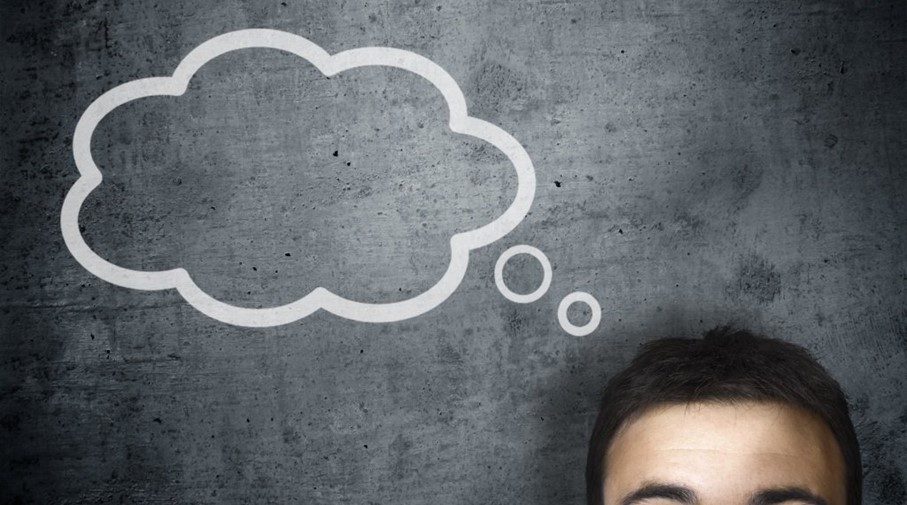
Brains think differently. You would think this is an uncontroversial statement until you test it. Go ahead, ask anyone. I’ll wait around.
You see most people have a sameness bias – they seem to think that most people experience the world like they do. We think most people see the world as sharply, hear as well or even see the same things that people around us see. This extends to aggregate experiences like that great music evokes the same emotional and physical response in everyone or assuming that police treat black and white people the same because we don’t have the opportunity to observe the difference directly.
Now people generally do acknowledge differences; but only on the edges. Someone is better at math. A few people are color blind. Some people are great at artsy things while others are more logical. Physical ability we distinguish but largely dissociate from brain function (we shouldn’t). On the whole while these should seem like big differences by themselves, most people tend to think on the whole that these are minor deviations from the mean. In reality there are probably major swings in brain modes (note, I did not say cognitive capacity – that’s a more controversial and probably more inaccurate statement). There is a lot of evidence that different brains integrate sensing differently and also process those inputs differently – a convenient example is synesthesia. It appears these variations can be pretty wide*. Empirically this seems to stand to reason: the brain is basically the original neural net; built from the organic connectivity of neurons through time, that is likely controlled by DNA and nurture. As a result, no two brains are exactly alike even though by some miracle they produce a mean of cognition and a sense of reality that makes us all recognizable as human beings*.
Science has always catalogued brain differences. In memory – eidetic ones; in cognition – IQ; in procession of senses – synesthesia, prosopagnosia. Lately I have come to know one of these that appears to affect me – Aphantasia. Each one appears to be a minor deviation from the mean. However, taken together, you get the impression that a) Brains really do function differently across the population to a surprising extent. b) Some of these variations are clustered in what I shall call Brain Modes – think of this as a collection of variations that seem to apply together and produce a certain kind of experience for those who have it, distinct from the mean. All of this is to say that perhaps it’s about time that we invert our assumption of sameness and think more in terms of statistical variation or just plain assume we’re all different until sameness is proven. In other words, variation is the norm. Maybe this will help us all offers a presumption of empathy instead of being dismissive of people’s way of thinking. This has many implications for pedagogy, dating, working – our entire society.
~~~~~~~~~
A few days ago I decided to see if my favorite radio show would help contribute to my understanding of brains by exploring Aphantasia. This is what I wrote to them:
I’d love for you to do a story about Aphantasia and other ‘brain modes’. I don’t know if you have tackled Prosopagnosia yet; but that’s a bit of old news in terms of obscure brain conditions. Aphantasia is the new hotness – the inability to see visual images in the mind’s eye. I think I have it. I’m curious about how my mental life has differed from other normal people. Does it confer any real disadvantages, advantages? For example: I’m very rational and very hard to scare. If you zoom out a bit, there might be a bigger arc about the fact that we all sort of assume that everyone is similar cognitively but we keep finding these weird ways that brains are very different and cogitate very differently in the population. I suspect that Prosopagnosia and Aphantasia are likely just a couple of ‘sia’s and there are probably many more ‘brain modes’ that are statistically significant in the human population
* Actually this might be a trick of the brain. We might just simply keep cataloging new evidence of variation and recognizing them as part of the new normal. Each time a new variation is found, its simply added to the list in order to create an aggregate sense of society and equilibrium. The poor fools who exhibit a new variation are generally sacrificed before it pops up in more places and is recognized as ‘normal’ over time.
